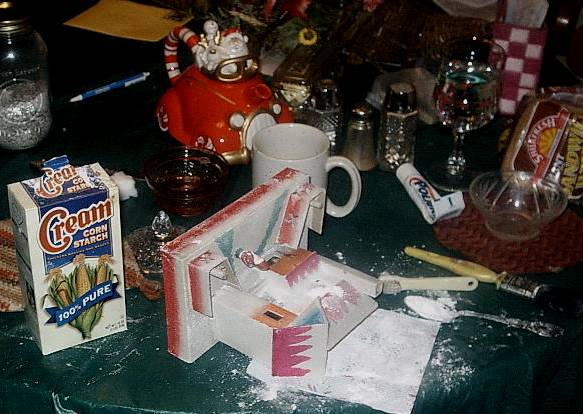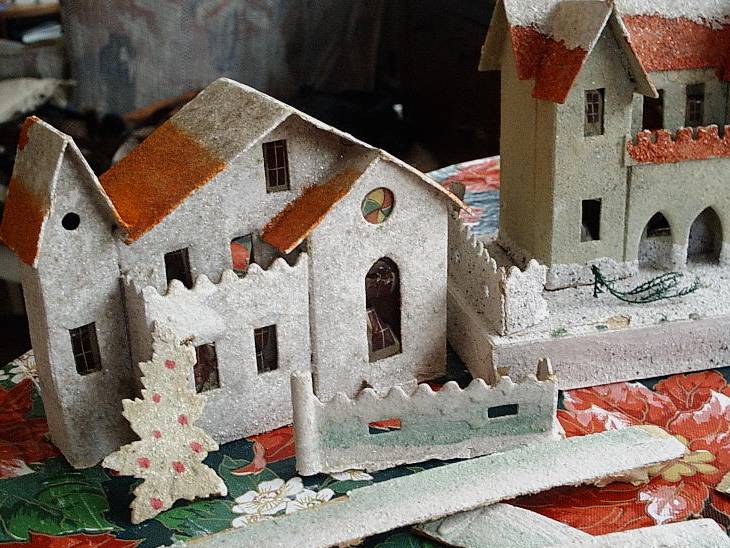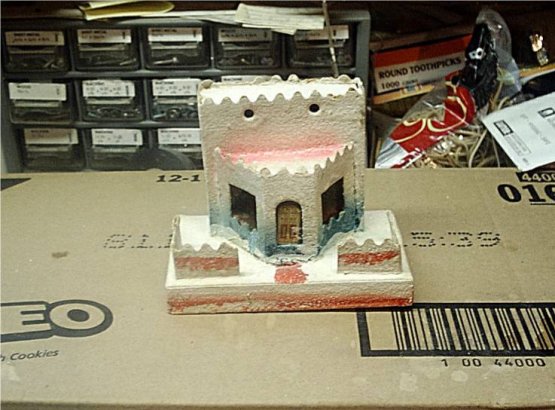CLEANING METHODS

| REPAIR & RESTORATION |
| REPRODUCTION PARTS |
| NEW HOUSES FROM SCRATCH |
| MAIN PAGE |
| TABLE of CONTENTS |
|
Copyright 2000-2012 Theodore H. Althof,Jr.Except where noted, the contents of this website and all it's pages and submissions therein contained are the intellectual property of Theodore H.Althof,Jr. All rights are reserved. (Background musical selections are,of course, excepted.)
|































